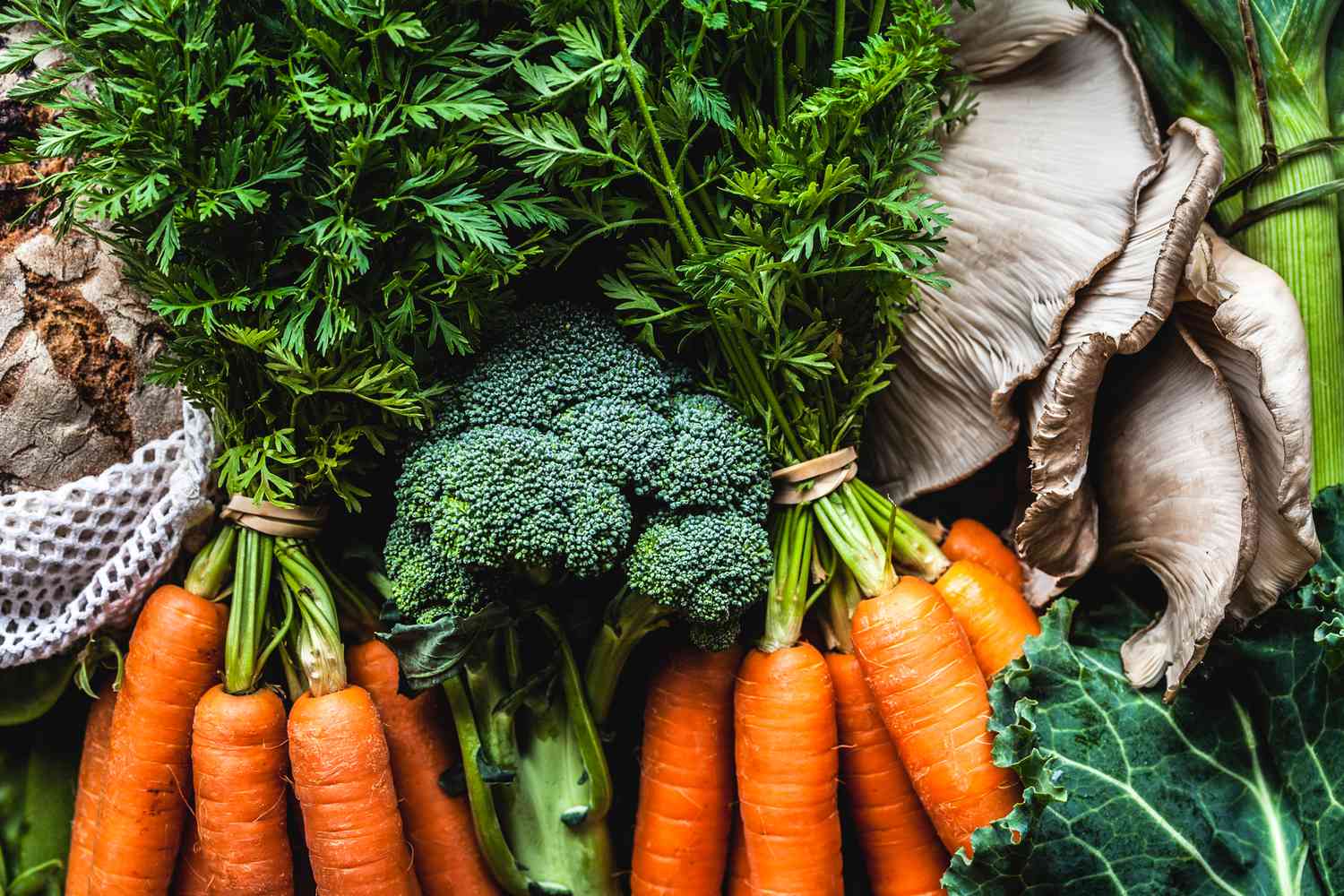

Articles
How To Store Vegetables Without Fridge
Modified: February 28, 2024
Learn effective ways to store vegetables without a fridge in this informative article. Find out how to keep produce fresh for longer periods and reduce food waste.
(Many of the links in this article redirect to a specific reviewed product. Your purchase of these products through affiliate links helps to generate commission for Storables.com, at no extra cost. Learn more)
Introduction
Have you ever found yourself with an abundance of vegetables but not enough space in your fridge to store them? Or maybe you’re looking for an alternative to refrigeration to extend the shelf life of your produce. Fortunately, there are several ways to store vegetables without relying on a refrigerator. Whether you have root vegetables, leafy greens, or tomatoes, peppers, onions, and more, there are techniques you can use to keep your veggies fresh and flavorful for longer. In this article, we’ll explore different methods for storing various types of vegetables without the need for a fridge.
Proper vegetable storage not only helps to reduce food waste but also maximizes the flavor and nutritional value of your produce. It’s important to remember that different vegetables have different storage requirements, as they have unique characteristics and can be sensitive to temperature, humidity, and exposure to light. By understanding the specific needs of each vegetable, you can create an optimal storage environment to ensure their longevity.
In the following sections, we will delve into the specific techniques for storing different types of vegetables. Whether you have a backyard garden or frequently visit your local farmer’s market, these tips will come in handy for keeping your vegetables fresh and delicious.
Key Takeaways:
- Extend the shelf life of vegetables without a fridge by utilizing specific storage techniques for each type. From root vegetables to leafy greens, tomatoes, peppers, onions, and more, maximize freshness and reduce food waste with proper storage methods.
- Embrace canning, pickling, and freezing to preserve the flavors of vegetables throughout the year. Experiment with different storage techniques and preservation methods to ensure a well-stocked supply of fresh produce without relying solely on a refrigerator.
Read more: How To Store Grapes Without Fridge
Storing Root Vegetables
Root vegetables, such as carrots, radishes, beets, and turnips, can be stored without a fridge by utilizing a cool and dark environment. First, remove any leafy greens attached to the roots, as the greens tend to draw moisture away from the vegetables. Next, gently brush off any excess dirt or soil from the roots, being careful not to damage their skin.
For short-term storage, you can place the root vegetables in a perforated plastic bag or a container lined with damp paper towels. This allows for adequate ventilation while maintaining the right level of humidity. Keep the container in a cool location, such as a pantry or cellar, away from direct sunlight.
If you’re looking to store root vegetables for a longer period, consider using traditional methods like root cellars. A root cellar provides the ideal conditions of cool temperature (around 32-40°F or 0-4°C) and high humidity (around 85-95%). Arrange the roots in wooden crates, lined with straw or sand, to prevent moisture buildup and allow for proper air circulation.
Another clever technique for extending the shelf life of root vegetables is the use of sand or sawdust. Layer the roots in a box or a plastic bin, ensuring they don’t touch each other. Cover the roots completely with sand or sawdust, making sure every vegetable is well-coated. This method helps to maintain moisture and provides insulation against temperature fluctuations.
Inspect your stored root vegetables regularly and remove any that show signs of decay to prevent spoilage from spreading. By following these storage methods, you can enjoy fresh and crisp root vegetables for weeks, even months, without the need for a refrigerator.
Storing Leafy Greens
Leafy greens, such as lettuce, spinach, kale, and Swiss chard, can be stored without a fridge with a few simple steps. The key to keeping leafy greens fresh is to prevent wilting and maintain moisture levels.
Start by removing any damaged or wilted leaves from the bunch. Gently wash the greens under cold water to remove any dirt or debris. Once cleaned, shake off excess water and allow them to air dry or use a salad spinner to remove excess moisture. Dampen a clean kitchen towel or paper towels and wrap it around the bunch of greens, then place it in a breathable bag or container.
For short-term storage, you can simply store the leafy greens in the coolest part of your kitchen or pantry. Make sure to keep them away from direct sunlight and sources of heat, which can cause them to wilt quickly. If your kitchen tends to be warm, consider placing the wrapped greens in the refrigerator door, as it tends to be a slightly cooler area.
If you want to store leafy greens for a slightly longer period, you can try the water bath method. Fill a large bowl or basin with cold water and submerge the greens, making sure they’re completely covered. Place the bowl in a cool spot, away from direct sunlight. This method helps to maintain hydration and keeps the leaves crisp. Change the water every two days to prevent any buildup of bacteria.
Another technique for storing leafy greens is blanching and freezing. Blanching involves briefly immersing the greens in boiling water and then transferring them to an ice bath to stop the cooking process. Once blanched, squeeze out any excess moisture and pack the greens in airtight freezer bags. Label and date the bags before placing them in the freezer. This method allows you to enjoy your leafy greens in smoothies, soups, or stir-fries even when they’re out of season.
Remember to check your stored leafy greens every few days for any signs of spoilage and remove any wilted or slimy leaves. By following these storage techniques, you can enjoy fresh and vibrant leafy greens for an extended period without relying on the refrigerator.
Storing Tomatoes
Tomatoes are a versatile fruit and a staple in many dishes. When it comes to storing tomatoes without a fridge, it’s important to find the right balance between keeping them fresh and allowing them to ripen fully.
If your tomatoes are already ripe, it’s best to consume them within a few days. Keep them at room temperature, away from direct sunlight, in a well-ventilated area. Place them in a single layer on a countertop or in a shallow bowl, with the stem side facing up. This helps to prevent bruising and rotting.
For unripe tomatoes, you can help them ripen by placing them in a paper bag with a ripe banana or apple. These fruits release ethylene gas, which speeds up the ripening process of the tomatoes. Check the tomatoes daily to monitor their ripeness. Once ripe, transfer them to the countertop and consume them within a few days.
If you have a surplus of ripe tomatoes and want to prolong their shelf life, you can consider canning or preserving them. Canning involves sterilizing the jars, filling them with prepared tomatoes (peeled, seeded, and diced), adding a pinch of salt or lemon juice as a preservative, and sealing them tightly. This method allows you to enjoy the flavor of fresh tomatoes all year round.
Another method for storing tomatoes is to freeze them. Wash and dry the tomatoes before freezing. You can either freeze them whole or chop them into pieces, depending on your preference. For whole tomatoes, place them on a baking sheet lined with parchment paper and freeze them individually. Once frozen, transfer them to a zip-top freezer bag or airtight container, removing as much air as possible. For chopped tomatoes, flash freeze them on a baking sheet and then transfer them to a freezer bag or container. Frozen tomatoes can be used in sauces, soups, or stews.
Remember to always label and date your stored tomatoes to ensure freshness and avoid confusion. By following these storage methods, you can savor the flavor of ripe tomatoes throughout the year without needing to rely on refrigeration.
Storing Peppers
Peppers, whether they are bell peppers, chili peppers, or any other variety, can be easily stored without a fridge. The key is to keep them in a cool, dry, and well-ventilated environment.
If your peppers are already ripe, they can be stored at room temperature. Place them in a bowl or on a countertop away from direct sunlight. Make sure they are not touching each other to prevent molding. Use them within a few days to enjoy their optimal freshness.
For unripe peppers, you can encourage them to ripen by placing them in a paper bag. The paper bag helps trap ethylene gas, which speeds up the ripening process. Adding a ripe banana or apple to the bag can further enhance the ripening process. Check the peppers daily and remove any that have fully ripened to avoid overripening and spoilage.
To extend the shelf life of peppers, you can also consider preserving and pickling them. Preserving involves slicing the peppers and packing them in jars with vinegar or oil. Make sure the jars are sterilized before filling them. Pickling peppers adds a tangy flavor and helps to preserve them for a longer period. You can experiment with different pickling recipes and enjoy the pickled peppers for months to come.
If you have a surplus of peppers and want to enjoy them during the off-season, freezing is an excellent option. Wash the peppers, remove the stems, and cut them into desired pieces or slices. Remove the seeds if preferred. Lay the pepper pieces on a baking sheet lined with parchment paper and freeze them individually. Once frozen, transfer the pieces to a freezer bag or airtight container, removing as much air as possible. Frozen peppers can be used in stir-fries, soups, or as toppings on pizzas and sandwiches.
Remember to check your stored peppers regularly and remove any that show signs of spoilage to prevent it from spreading to the rest. By following these storage methods, you can enjoy the delicious taste and vibrant colors of peppers for an extended period without the need for refrigeration.
Read more: How To Store Strawberries Without Fridge
Storing Onions and Garlic
Onions and garlic are pantry staples that can be stored without the need for a fridge, but it’s important to provide them with the right storage conditions to prevent sprouting and spoilage.
Both onions and garlic prefer cool, dark, and well-ventilated environments. The key is to keep them dry and away from moisture. Avoid storing them near areas that tend to get humid, such as the stove or sink.
For onions, it’s best to store them in a mesh bag or a wire basket. This allows for airflow and prevents moisture buildup, which can lead to rot. You can also use old pantyhose or stockings by tying a knot between each onion to create individual compartments. Hang this in a cool and dry area, such as a pantry or cellar.
Garlic can be stored in a similar manner as onions. You can use a mesh bag or a small basket to keep the garlic bulbs separate and well-ventilated. Alternatively, you can braid the garlic bulbs together by their stems and hang them. This not only provides an attractive storage option but also allows for good airflow.
Avoid storing onions and garlic together with potatoes as they release gases that can cause each other to spoil. Additionally, if one onion or garlic bulb starts to show signs of rot, promptly remove it to prevent the spread of decay.
If you have a surplus of onions or garlic and want to store them for an extended period, you can consider curing and storing them in a well-ventilated container. Cure onions and garlic by allowing them to dry in a warm, dry location with good airflow. This process helps to reduce moisture content and prepare them for long-term storage.
By storing onions and garlic properly, you can enjoy the flavor and freshness of these pantry staples for a significant period without the need for refrigeration.
Store root vegetables like potatoes, onions, and garlic in a cool, dark, and well-ventilated place. Keep them away from direct sunlight and moisture to prevent sprouting and spoilage.
Storing Cucumbers
Cucumbers are refreshing and versatile vegetables that can be stored without a fridge if proper conditions are provided to maintain their crispness and flavor.
To store cucumbers without a fridge, start by inspecting them for any signs of damage or rot. Remove these cucumbers from the batch to prevent spoilage from spreading. If the cucumbers are unwashed, gently rinse them under cool water and pat them dry with a clean towel.
For short-term storage, place the cucumbers in a cool spot in your kitchen away from direct sunlight. You can also wrap them individually in paper towels or store them in a breathable bag or container lined with a paper towel to absorb excess moisture. Storing them in a slightly cooler area, such as a cellar or basement, can help prolong their freshness.
If you have an excess of cucumbers and want to extend their shelf life, pickling is a great option. Pickling cucumbers involves immersing them in a brine made from vinegar, water, salt, and various spices. This process not only preserves the cucumbers but also enhances their flavor. Once pickled, store the cucumbers in sterilized jars in a cool, dark place. Allow the pickles to sit for a few days to develop their flavors before consuming them.
Another method to store cucumbers for a longer period is by freezing them. However, it’s important to note that freezing can change the texture of cucumbers, making them softer. To freeze cucumbers, slice them into desired pieces or chunks, and blanch them briefly in boiling water. Transfer the blanched cucumbers to an ice bath to stop the cooking process, then pat them dry. Arrange the cucumber slices on a baking sheet and flash freeze them before transferring them to freezer bags. Frozen cucumbers can be used in smoothies or cooked dishes such as stir-fries or soups.
Remember to check your stored cucumbers regularly and remove any that show signs of spoilage to prevent it from spreading to the rest. By following these storage methods, you can enjoy the crispness and taste of cucumbers for an extended period without needing to rely on refrigeration.
Storing Carrots
Carrots are nutritious root vegetables that can be stored without a fridge by providing the right storage conditions to maintain their flavor and texture. Proper storage helps to prevent wilting and keeps the carrots fresh for an extended period.
To store carrots without a fridge, start by removing any leafy greens attached to the carrot tops. The greens tend to draw moisture away from the roots, causing them to wilt quickly. Gently brush off any excess dirt or soil from the carrots, but avoid washing them before storage as moisture can promote spoilage.
For short-term storage, place the carrots in a container lined with slightly damp paper towels or wrap them in a damp cloth. The moisture helps to maintain the freshness of the carrots while preventing them from drying out. Keep the container in a cool and dark location, such as a pantry or cellar. Make sure the carrots are not exposed to sunlight or heat sources, as this can cause them to spoil quickly.
If you have a surplus of carrots and want to store them for an extended period, consider traditional methods like root cellaring. A root cellar provides the ideal conditions of cool temperature (around 32-40°F or 0-4°C) and high humidity (around 85-95%) needed to keep carrots fresh. Place the carrots in wooden crates or containers, layering them with sand or sawdust to provide insulation and maintain moisture levels. Be sure to check the carrots regularly and remove any that show signs of decay to prevent it from spreading to the rest.
You can also preserve the bounty of carrots by canning or pickling them. Canning involves sterilizing jars, preparing the carrots (peeled and cut into desired shapes), packing them tightly into the jars, and covering them with a boiling brine made of vinegar, water, salt, and spices. Seal the jars tightly and process them in a boiling water bath. Pickling carrots involves a similar process, where the carrots are sliced or cut into spears, placed in sterilized jars, and covered with a pickling solution.
By following these storage methods, you can enjoy the sweet and crunchy goodness of carrots for an extended period without the need for refrigeration.
Storing Potatoes
Potatoes are versatile and nutritious tubers that can be stored without a fridge if the right storage conditions are provided. Proper storage helps to prevent sprouting, decay, and loss of flavor.
Start by sorting your potatoes and removing any that are damaged, bruised, or showing signs of rot. Damaged potatoes can spoil quickly and affect the quality of the rest. It’s best to consume any damaged potatoes first to prevent spoilage from spreading.
Potatoes should be stored in a cool, dark, and well-ventilated place to maintain their freshness. Ideal storage temperatures range from 45-50°F (7-10°C). However, it’s important to avoid storing potatoes in temperatures that are too cold (below 40°F or 4°C) as it can cause their starches to convert into sugars, affecting their taste and texture.
For short-term storage, you can keep potatoes in a paper bag or a loosely covered basket, placed in a cool pantry or cellar. The paper bag or basket allows for breathability and prevents moisture buildup, which can lead to rot. Avoid storing potatoes near onions or garlic as they can release gases that accelerate spoilage.
If you have a large quantity of potatoes and want to store them for a longer period, consider traditional methods like root cellaring. A root cellar provides the ideal storage conditions with a consistent cool temperature and high humidity. Place the potatoes in wooden crates or bins, layering them with hay, straw, or damp sand to provide insulation and maintain moisture levels.
Another option for long-term storage is to cure and store potatoes. Curing involves allowing the potatoes to dry in a well-ventilated, dark area at about 50-60°F (10-15°C) with high humidity for 1-2 weeks. This helps to toughen their skin and heal any bruises or cuts. After curing, brush off excess dirt and store the potatoes in a burlap or breathable bag, or even in a cardboard box, to allow for air circulation.
Regularly check your stored potatoes and remove any that show signs of sprouting or rotting to prevent it from spreading. By following these storage methods, you can enjoy the flavor and versatility of potatoes for an extended period without the need for refrigeration.
Read more: How To Store Beetroot Without Fridge
Storing Squash and Pumpkins
Squash and pumpkins are delicious and nutritious vegetables that can be stored without a fridge if provided with the proper storage conditions. With the right approach, you can enjoy the flavors and textures of these vegetables for an extended period.
Before storing squash and pumpkins, it’s important to ensure they are fully mature and have a hard skin. Inspect for any cuts, bruises, or soft spots and consume those first to prevent them from spoiling the rest.
For short-term storage, keep squash and small pumpkins in a cool, well-ventilated area away from direct sunlight. Stick to a temperature range of 50-55°F (10-13°C) and maintain humidity levels between 50-75%. Place the vegetables on a raised surface, like a shelf or wire rack, to allow air circulation and prevent moisture buildup. Avoid storing them near fruits that release ethylene gas, as it can speed up the ripening process and lead to spoilage.
If you have a larger variety of pumpkin, such as a jack-o’-lantern pumpkin, they can be stored for a longer period. Cure the pumpkin by leaving it in the sun for a week to harden the skin, then move it to a cool and dry location, ideally at a temperature of 50-55°F (10-13°C). Place the pumpkin on a bed of straw or a piece of cardboard to provide insulation and prevent direct contact with the ground. Regularly inspect the stored pumpkins and remove any that show signs of decay.
If you want to enjoy squash and pumpkin flavors all year long, consider preserving them. Squash can be cooked, mashed, and frozen in airtight containers or freezer bags. Another option is to roast or puree squash and pumpkin, then store them in sealed jars. Canning preserves their flavors and allows for long-term storage.
Remember to monitor your stored squash and pumpkins regularly. Discard any that show signs of mold, rot, or deterioration to prevent it from spreading. By providing the right storage conditions, you can savor the rich flavors and vibrant colors of squash and pumpkins for an extended period without the need for refrigeration.
Conclusion
Storing vegetables without a fridge is not only possible but also a great way to extend their shelf life and reduce food waste. By understanding the specific storage requirements of different vegetables, you can create optimal conditions to keep them fresh, flavorful, and nutritious for longer periods. Whether it’s root vegetables like carrots and potatoes, leafy greens, tomatoes, peppers, onions, cucumbers, or squash and pumpkins, each vegetable has its unique storage needs.
Root vegetables can be stored in cool and dark places, such as cellars or pantries, while leafy greens prefer a slightly damp environment. Tomatoes and peppers do well when kept at room temperature, and onions and garlic thrive in cool, well-ventilated spaces. Cucumbers can be stored outside the fridge in a cool area, and carrots and potatoes require cool, dark, and well-ventilated storage conditions.
Preserving vegetables through canning, pickling, and freezing is an excellent way to enjoy their flavors throughout the year. Canning and pickling help to preserve vegetables while enhancing their taste, and freezing allows for future use in various dishes.
Proper storage techniques include removing any damaged or spoiled vegetables, keeping them away from sunlight and heat sources, and regularly checking for any signs of decay or sprouting. By following these methods, you can maximize the freshness and nutritional value of your vegetables without relying solely on a refrigerator.
By implementing these storage strategies, you can maintain a well-stocked supply of fresh produce, reduce food waste, and enjoy the benefits of flavorful and nutritious vegetables. Experiment with different storage techniques and preservation methods to find what works best for each type of vegetable. With a little planning and creativity, you can ensure that your vegetables stay fresh and delicious for longer periods without the need for a fridge.
Frequently Asked Questions about How To Store Vegetables Without Fridge
Was this page helpful?
At Storables.com, we guarantee accurate and reliable information. Our content, validated by Expert Board Contributors, is crafted following stringent Editorial Policies. We're committed to providing you with well-researched, expert-backed insights for all your informational needs.
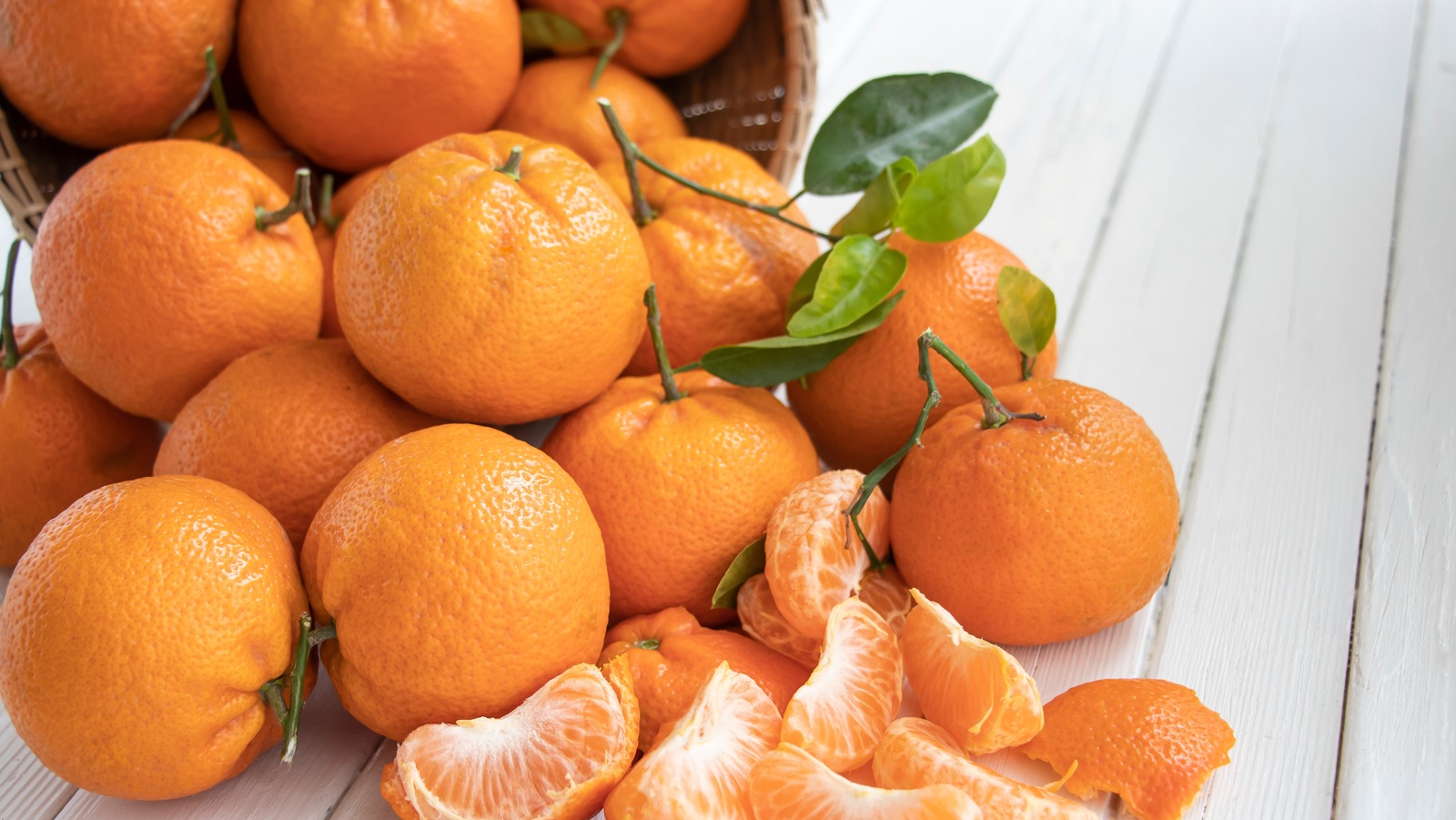
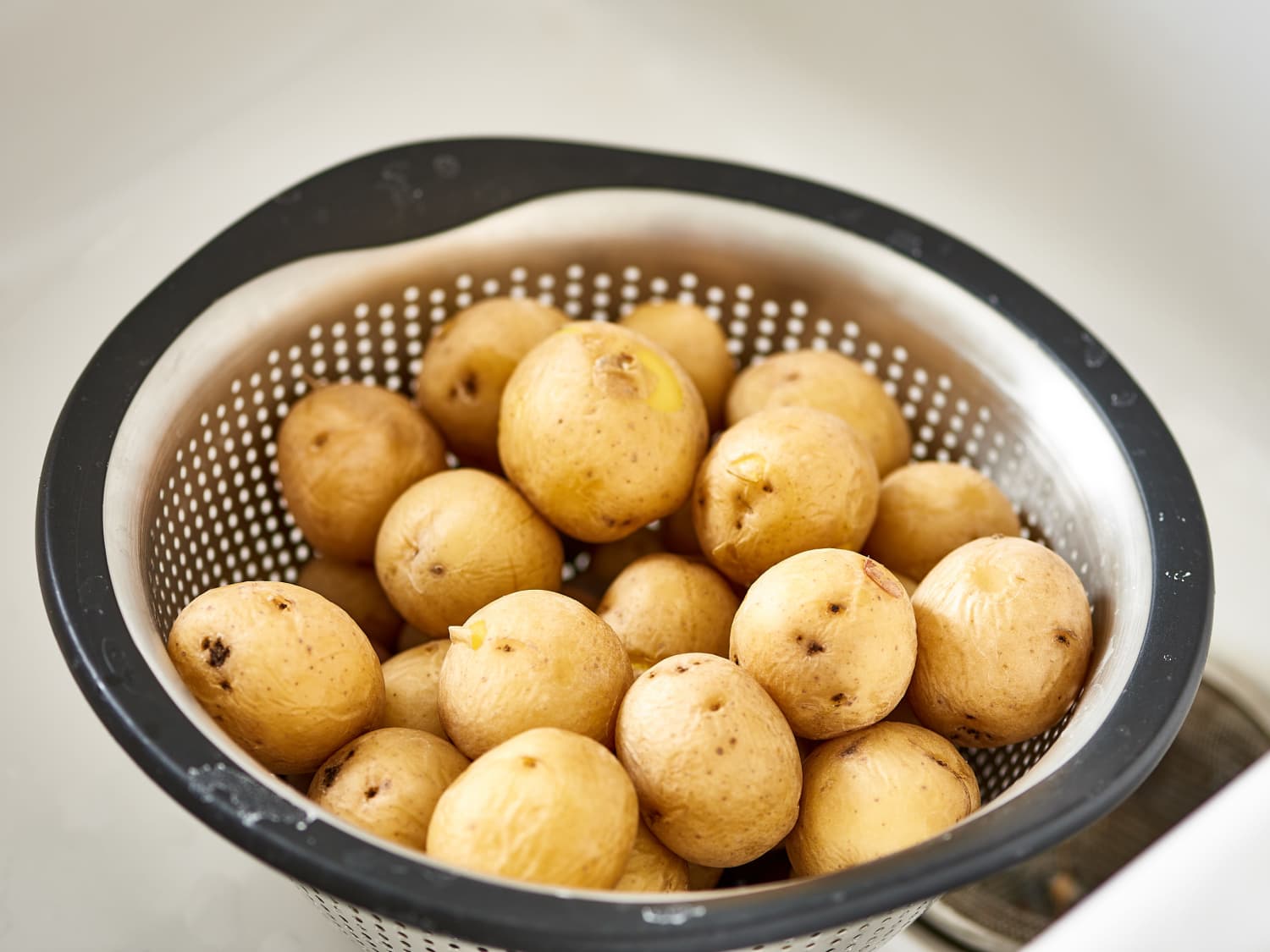
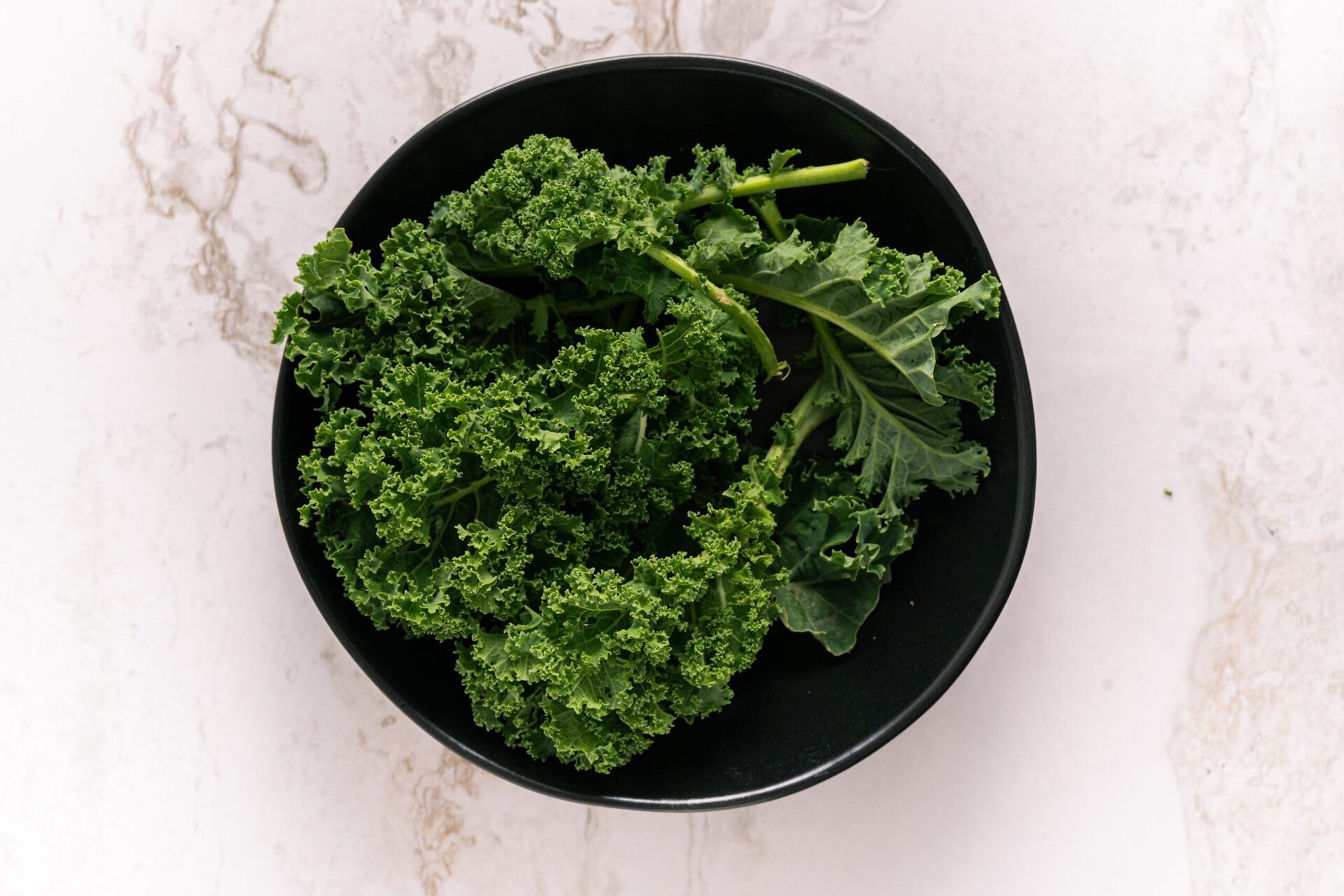
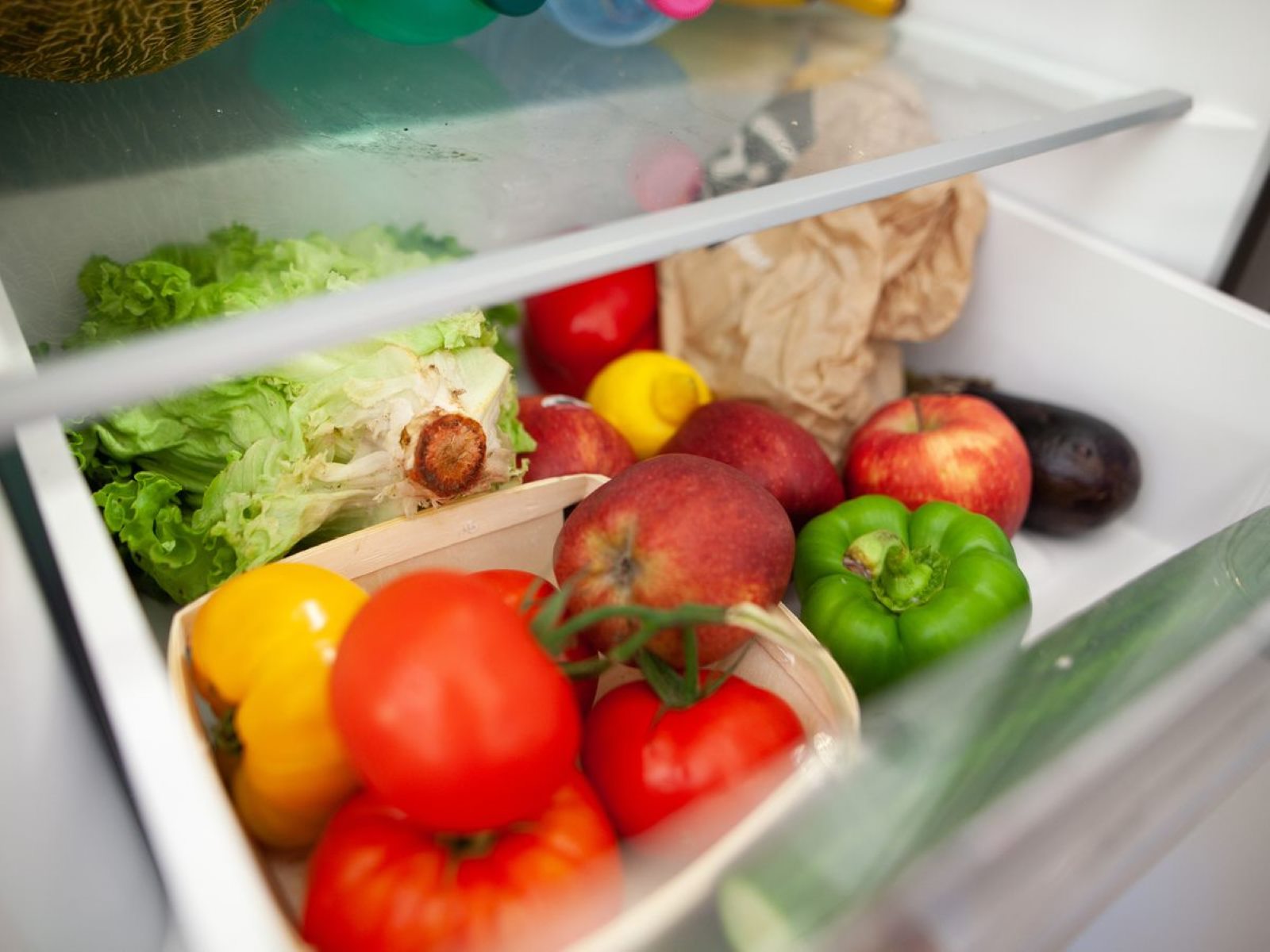
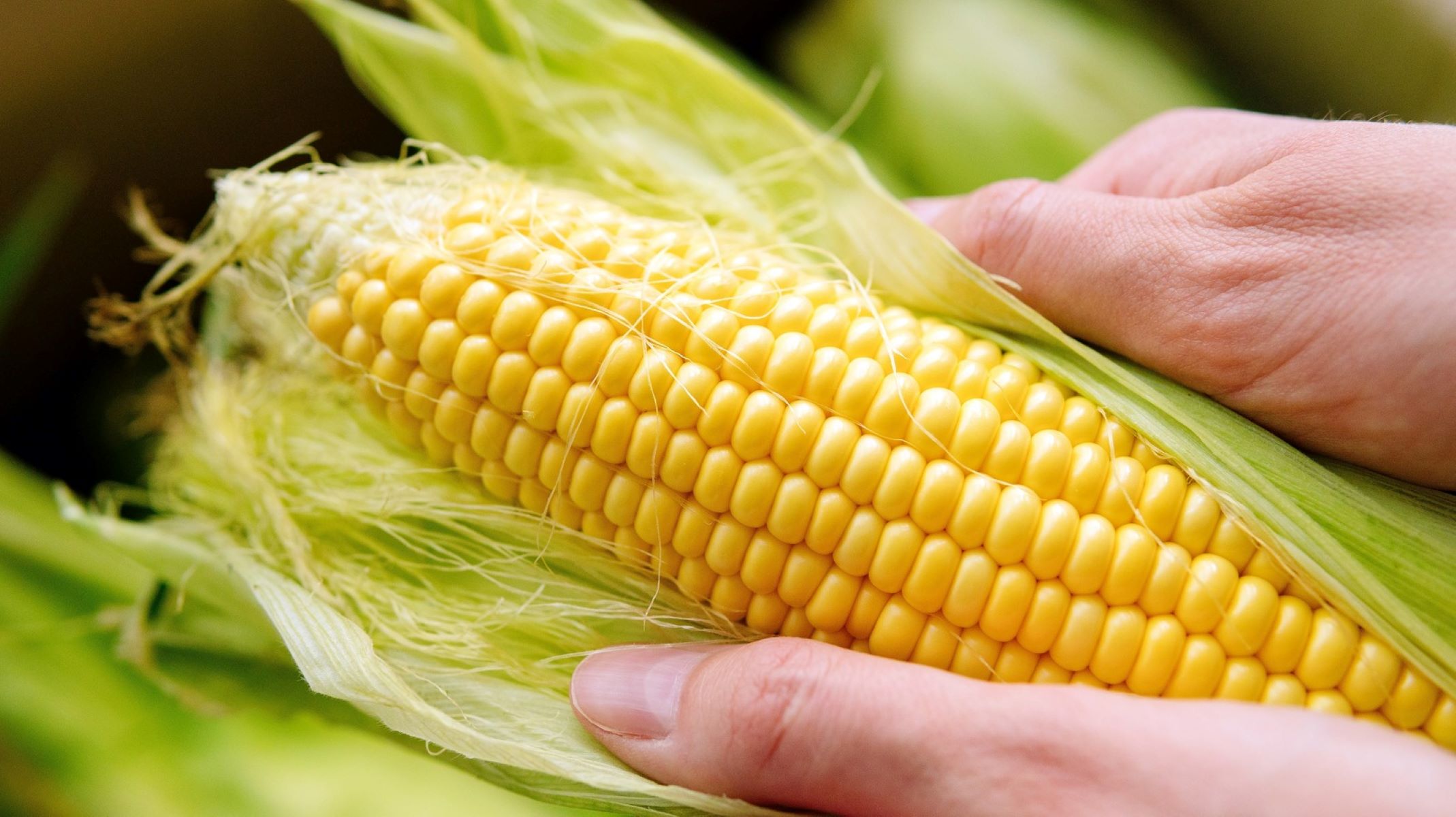
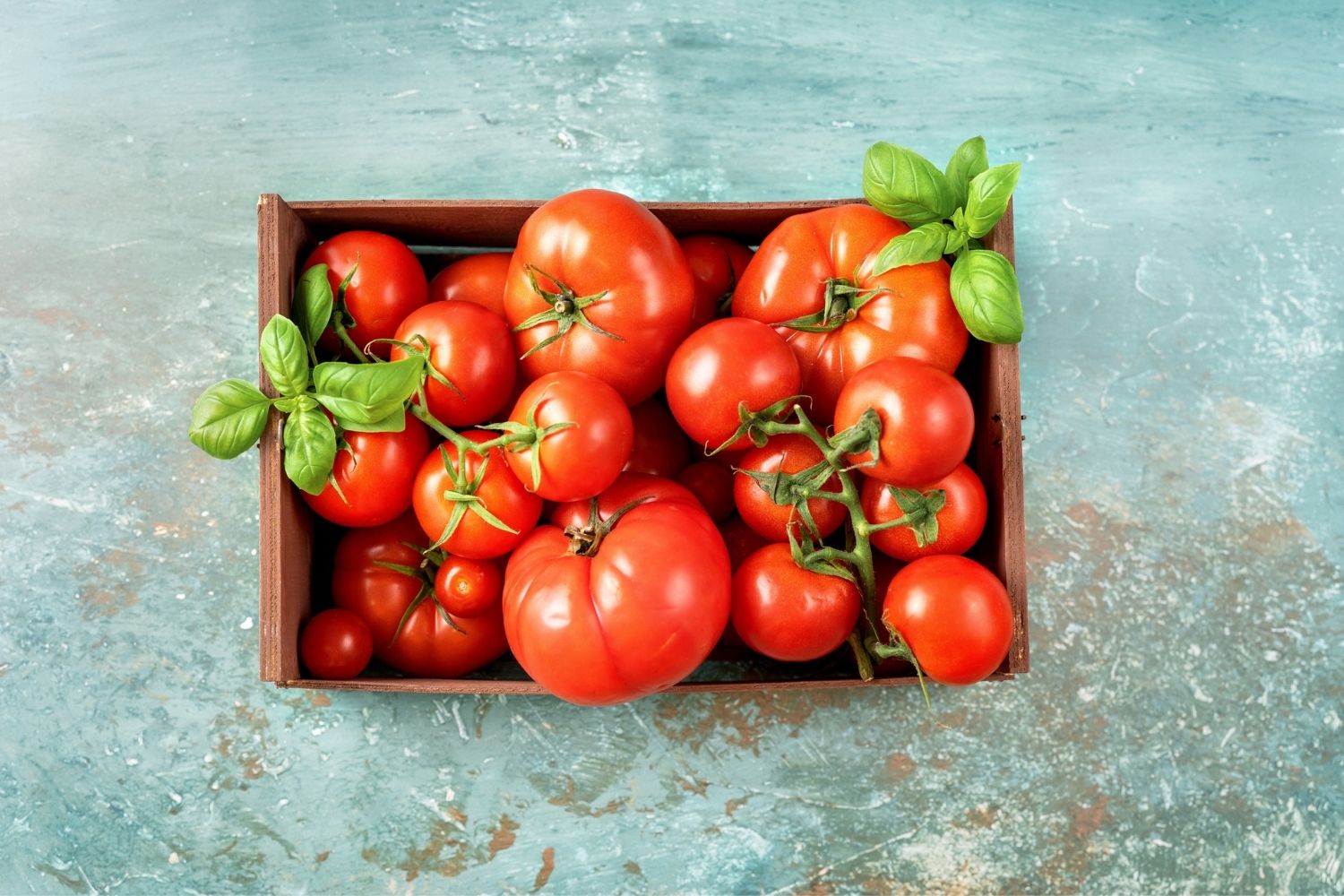
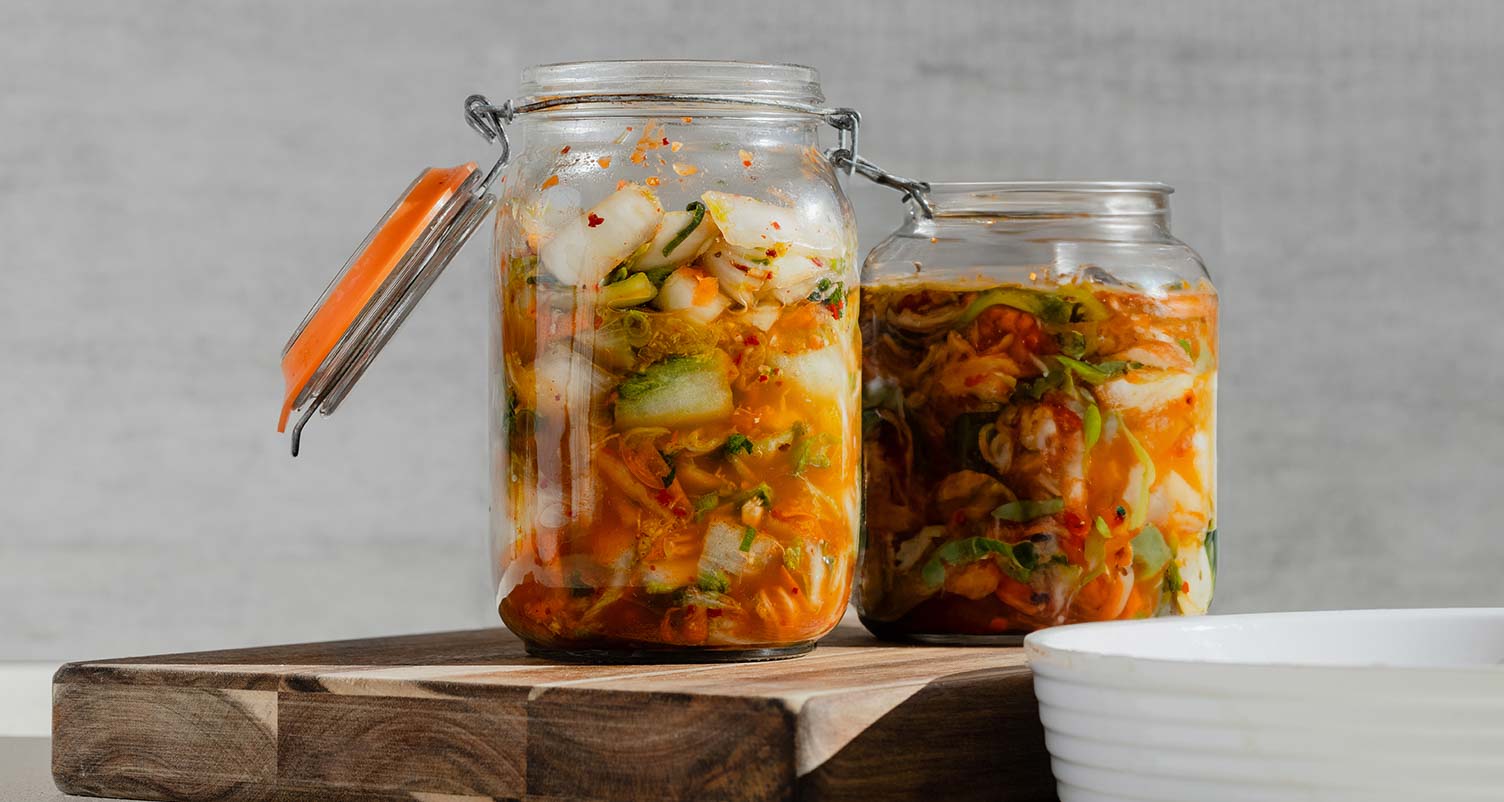
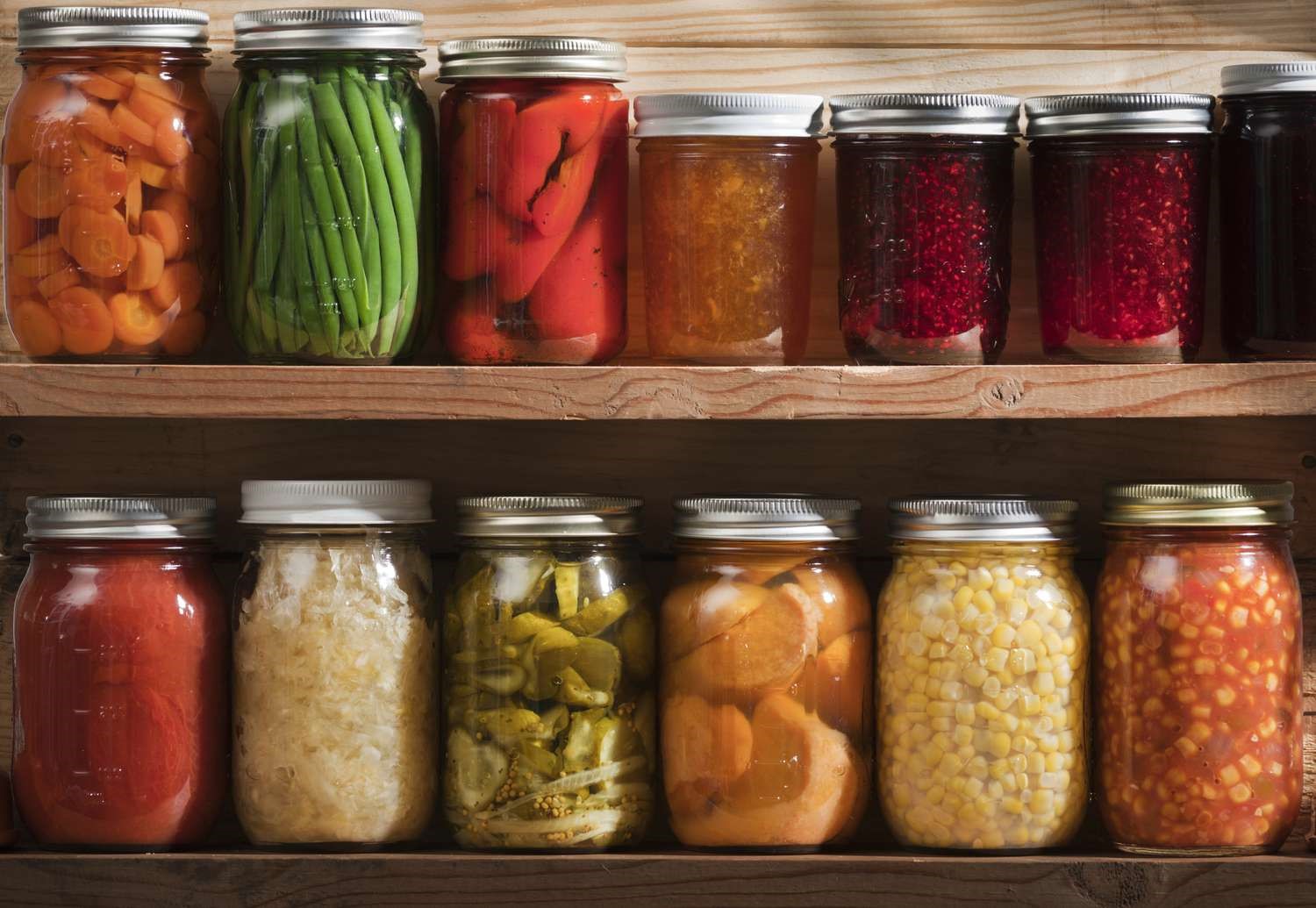
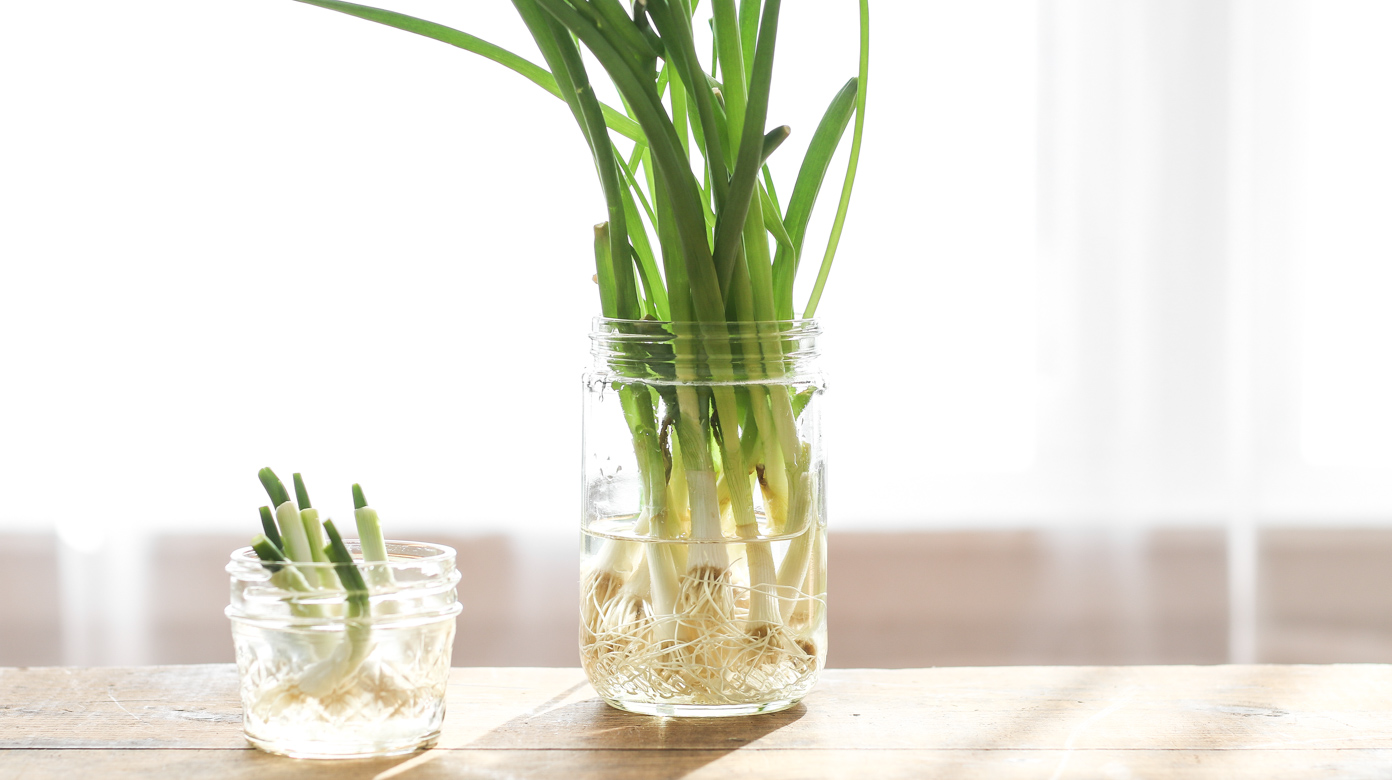

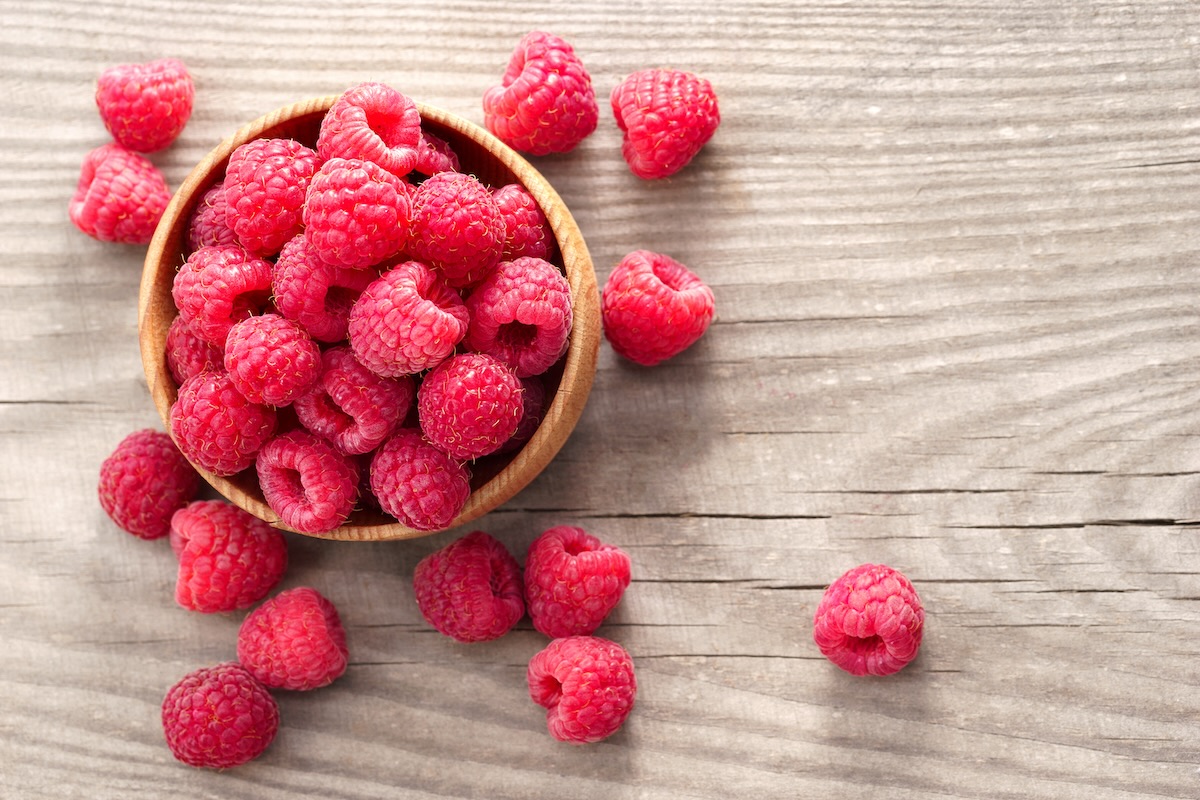
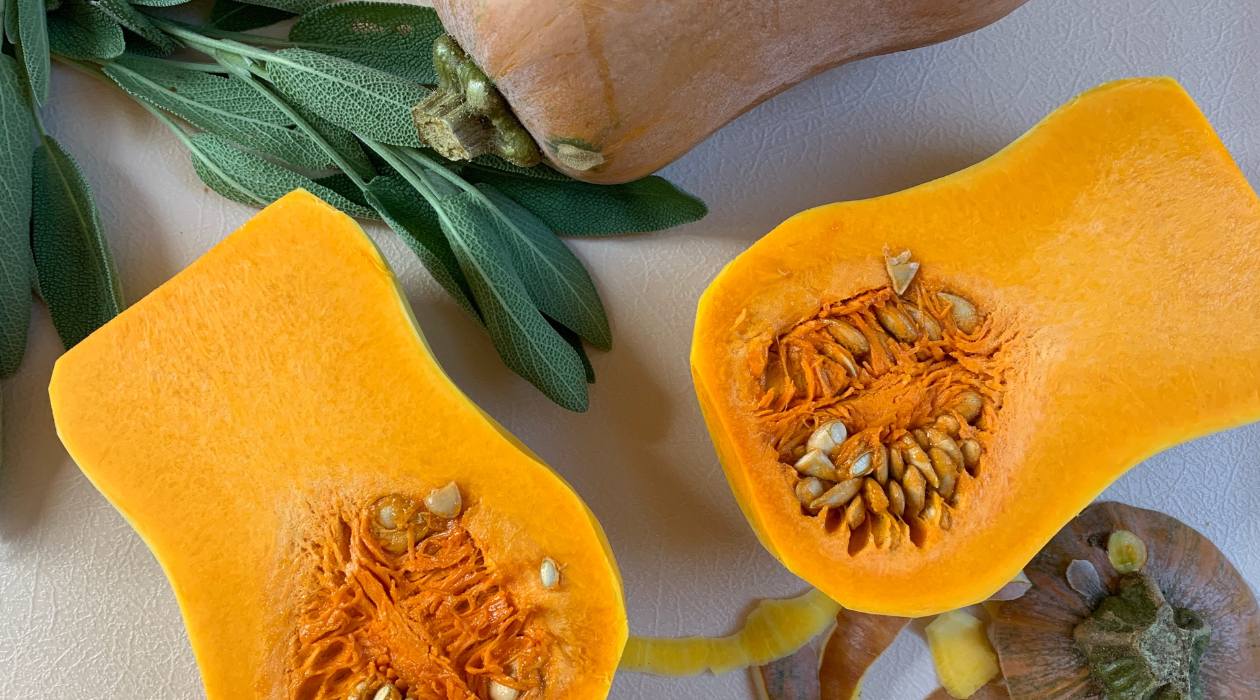
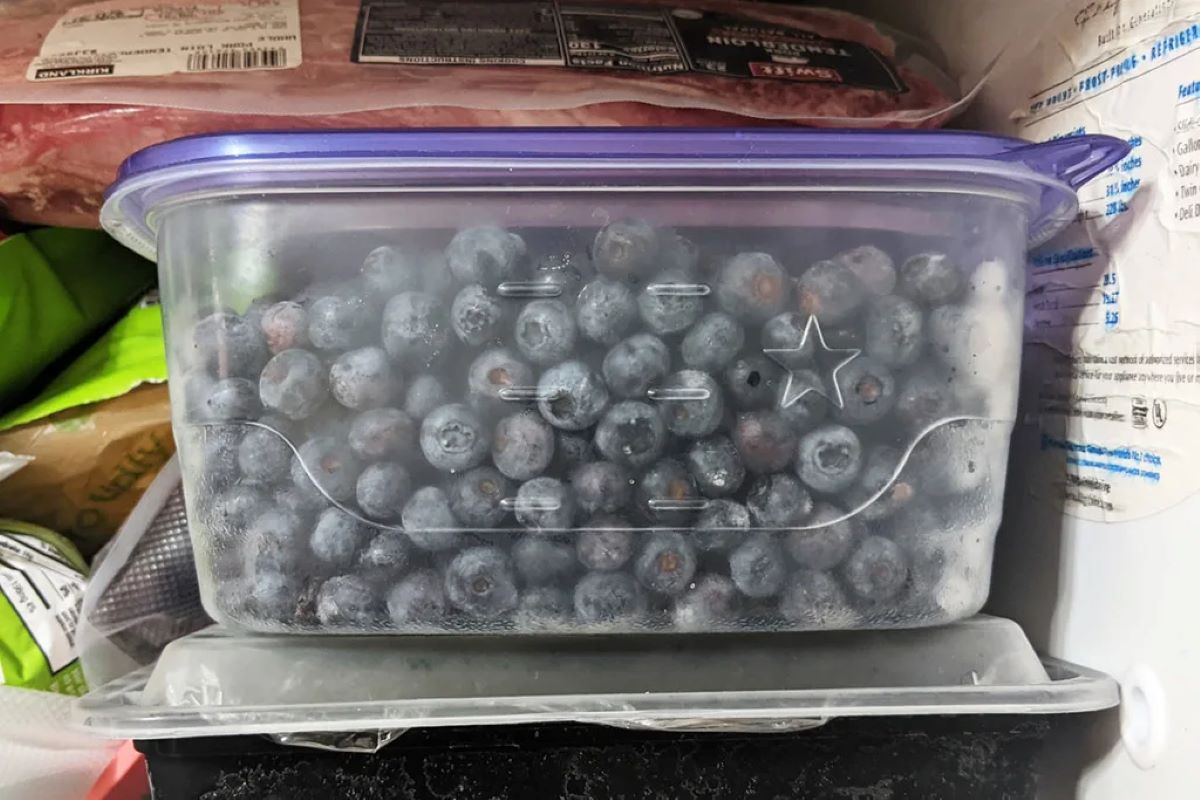

0 thoughts on “How To Store Vegetables Without Fridge”